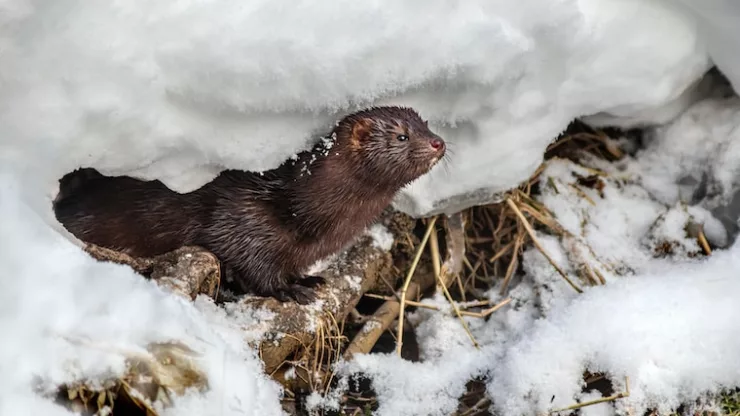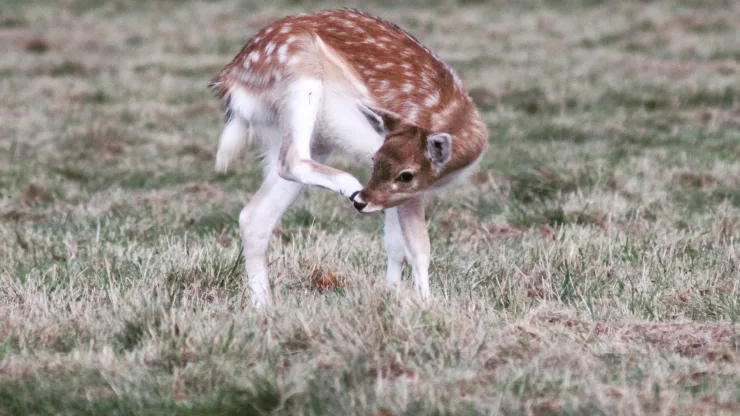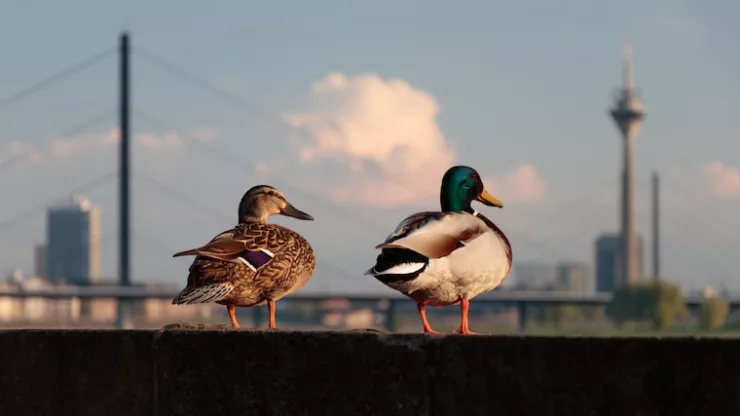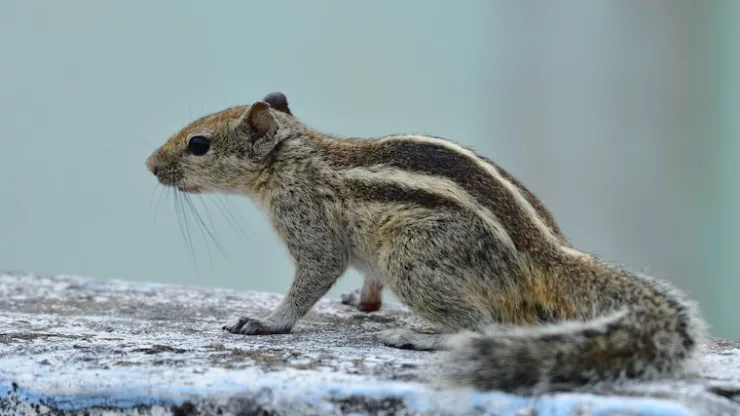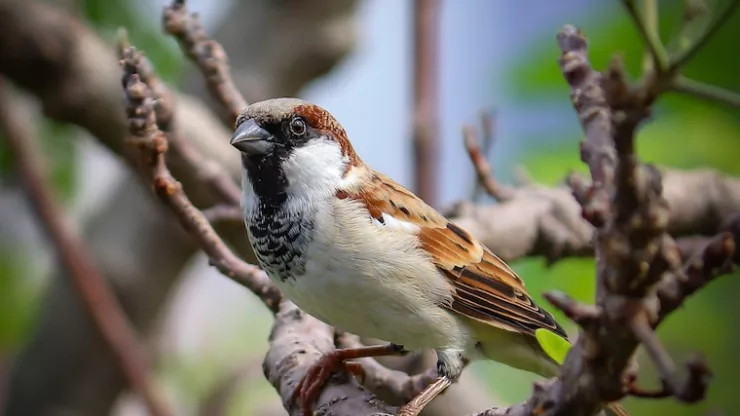The furry, playful mink, known for its luxurious fur coat, is making a surprising appearance in urban areas.
While these creatures are usually found in natural habitats such as forests and wetlands, they are now increasingly spotted in cities, munching on food scraps and making homes in abandoned buildings.
This phenomenon has raised questions about how urban ecosystems are changing and how we can manage this new addition to the urban wildlife scene.
Jump to Section
Introduction
The mink is a small, semi-aquatic mammal that is known for its luxurious fur coat. Historically, minks have been found in natural habitats such as forests and wetlands.
However, in recent years, these creatures have been increasingly spotted in urban areas, where they have adapted to the unique challenges of city living.
Understanding the Munching Minks Phenomenon: How These Urban Creatures are Surviving
The Rise of Munching Minks: How Anthropogenic Factors are Contributing to their Popularity
Minks are opportunistic animals that thrive in environments with abundant food sources and shelter.
Anthropogenic factors such as urbanization and habitat destruction have created new opportunities for minks to thrive in urban areas.
For example, abandoned buildings and construction sites provide shelter, while human food waste and pet food left outside provide a reliable food source.
The Fascinating Munching Habits of Urban Minks: Insights from Behavioral Studies
Behavioral studies of urban minks have revealed fascinating insights into their eating habits.
Urban minks have been observed eating a wide variety of foods, ranging from fish and small mammals to fruits and vegetables.
They are also known to scavenge from dumpsters and garbage cans.
The Ecological Implications of Munching Minks: Examining their Impact on Urban Ecosystems
The presence of minks in urban areas has both positive and negative ecological implications. On the one hand, minks can help control populations of rodents and other pests.
On the other hand, they can also disrupt local ecosystems by consuming native species and spreading diseases.
What Urban Minks are Eating: An Investigation of Their Diet
Uncovering the Secret Diet of Urban Minks: A Comprehensive Analysis of Their Food Choices
Urban minks have a varied diet that includes both natural and human-made foods.
They are known to eat small mammals such as mice and voles, as well as fish, insects, fruits, and vegetables.
They are also scavengers and will eat human food waste and pet food.
The Role of Human Food Waste in Munching Mink Diets: Insights from Waste Management Studies
Waste management studies have shown that human food waste is a significant part of mink diets in urban areas.
This highlights the importance of proper waste management practices in urban environments.
Understanding the Nutritional Needs of Munching Minks: Implications for Urban Wildlife Management
Understanding the nutritional needs of urban minks is essential for managing their populations in urban areas.
Providing alternative food sources, such as artificial feeding stations, can help reduce their reliance on human food waste and mitigate their impact on local ecosystems.
The Challenges of Managing Munching Minks in Urban Areas: Strategies and Solutions
The Urban Mink Conundrum: Balancing Conservation and Public Safety
Managing urban minks presents a unique challenge, as it requires balancing the conservation of these creatures with public safety concerns.
Minks can carry diseases such as rabies and can be aggressive if cornered or threatened.
Best Practices for Munching Mink Management in Urban Areas: Lessons from Successful Programs
Successful mink management programs in urban areas have focused on minimizing human-mink interactions, reducing food availability, and creating alternative habitats.
This includes measures such as securing garbage cans, removing food sources, and creating artificial habitats such as nesting boxes.
Innovative Approaches to Munching Mink Control: From Deterrents to Relocation
Innovative approaches to mink control include the use of deterrents such as predator urine and noise makers, as well as relocation of problem animals to natural habitats.
These approaches must be carefully considered and implemented to ensure the safety and well-being of both humans and minks.
Addressing the Munching Mink Challenge in Urban Environments
The Importance of Understanding Munching Minks in Urban Ecology: A Call to Action
The presence of minks in urban areas highlights the need for a better understanding of how urban ecosystems are changing and how wildlife can adapt to these changes.
This understanding is essential for developing effective management strategies that balance conservation with public safety.
Collaborative Solutions for Munching Mink Management: Strengthening Partnerships between Stakeholders
Managing urban minks requires collaboration between various stakeholders, including government agencies, waste management companies, and local communities.
Building partnerships and promoting awareness can help create effective and sustainable solutions.
The Future of Munching Minks in Urban Environments: Challenges and Opportunities.
The future of minks in urban environments is uncertain, as it depends on a variety of factors such as habitat availability and food sources.
However, by working together and implementing effective management strategies, we can ensure that these creatures continue to thrive in our changing urban ecosystems.
FAQ
What should I do if I encounter a mink in an urban area?
It is important to remember that minks are wild animals and should not be approached.
If you encounter a mink, keep a safe distance and do not attempt to feed or touch it.
If you feel that the mink is posing a threat to public safety, contact your local wildlife management agency.
Are minks dangerous to humans?
While minks are not typically aggressive towards humans, they can carry diseases such as rabies and can be dangerous if cornered or threatened.
It is important to keep a safe distance and avoid feeding or approaching them.
Can minks be relocated to natural habitats?
Relocating minks to natural habitats can be effective in managing populations in urban areas.
However, it is important to ensure that the relocation site is suitable for the mink and that the relocation process is conducted in a humane and safe manner.
I’m a nature enthusiast and creator of Metro Wilds and have spent years exploring the great outdoors.
With a passion for environmental conservation and sustainability, I have dedicated my career to writing about the beauty and wonders of nature, as well as the threats facing our planet.
Contact me at [email protected] for assistance.

